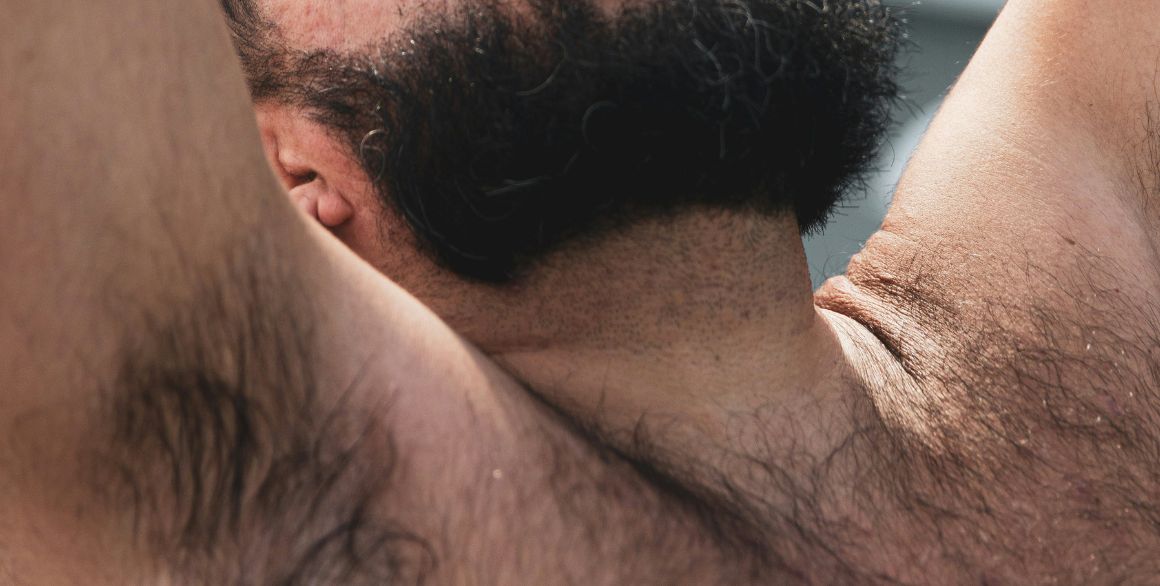For individuals experiencing hair loss, hair transplantation offers a promising solution. But what happens when there isn’t enough donor hair on the scalp? This is where Body Hair Transplantation (BHT) comes in. In this guide, we’ll explore whether body hair can be used for hair transplants, how the process works, and whether it’s the right option for you.
Can Body Hair Be Used for a Hair Transplant?
Yes, body hair can be used for hair transplants in certain cases. This technique is particularly beneficial for individuals who lack sufficient donor hair on the scalp due to advanced hair loss or scarring.
What Is Body Hair Transplantation (BHT)?

BHT is a specialized form of Follicular Unit Extraction (FUE) that involves harvesting hair from other parts of the body—such as the beard, chest, back, or legs—and transplanting it to the scalp. This procedure is typically used as a supplement when scalp donor hair is insufficient.
How Does Body Hair Differ from Scalp Hair?
Understanding the differences between body and scalp hair is crucial for setting realistic expectations.
- Growth Cycle: Body hair has a shorter anagen phase (growth phase) and a longer telogen phase (resting phase) compared to scalp hair, which may impact final results.
- Texture & Thickness: Body hair often has a different texture, curl pattern, and thickness, making it more challenging to blend seamlessly with natural scalp hair.
- Density Variations: Areas like the beard and chest may provide thicker hair that can add density, but results may vary based on hair type and skin characteristics.
Who Is a Good Candidate for BHT?

Not everyone is an ideal candidate for body hair transplantation. It’s most beneficial for individuals who:
- Have insufficient scalp donor hair
- Need additional grafts for density
- Have body hair that closely matches their scalp hair in texture and thickness
- Are in good overall health with realistic expectations
However, if your body hair is too thin, curly, or grows at a significantly different rate, your surgeon may recommend alternative treatments.
The Body Hair Transplant Procedure

The process follows the same fundamental steps as traditional FUE transplants:
- Consultation & Assessment
- Your surgeon evaluates your hair loss, donor availability, and the feasibility of using body hair.
- Hair Extraction
- Individual follicles are extracted using FUE techniques from areas like the beard, chest, or back.
- Pre-shaving the donor site 3–4 days before extraction helps identify actively growing hairs.
- Implantation into the Scalp
- Extracted hair follicles are carefully implanted to match natural growth patterns and maximize density.
- Healing & Hair Growth
- Transplanted hair falls out initially (shedding phase), then regrows over the next 6–12 months.
Advantages & Disadvantages of Using Body Hair

Pros:
- Provides additional donor hair for severe hair loss cases
- Beard hair (especially) can be denser and thicker, improving scalp coverage
- Works well for scar camouflage in previous failed transplants
Cons:
- Growth cycles differ, which may impact final density
- Body hair texture may not blend perfectly with scalp hair
- Extraction from some body areas may leave noticeable scarring
Is BHT Right for You?

While body hair transplantation can be an effective solution for some, it’s not a one-size-fits-all approach. Consulting with an experienced hair restoration specialist is crucial to determining whether BHT is suitable for your unique hair type, goals, and expectations.
If you’re considering a hair transplant and are curious about whether body hair could be an option, schedule a consultation with a qualified surgeon today.

